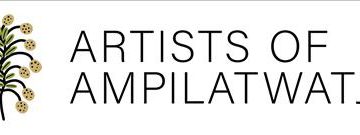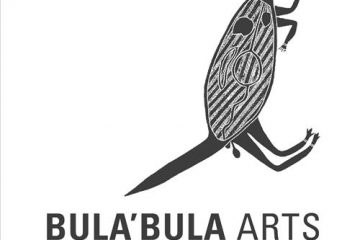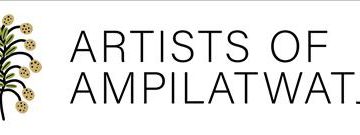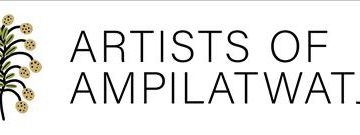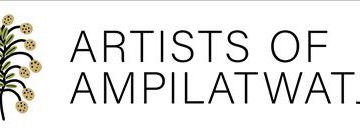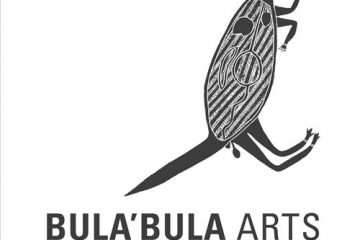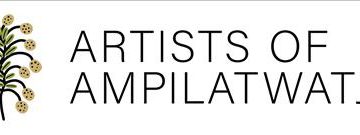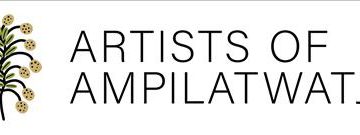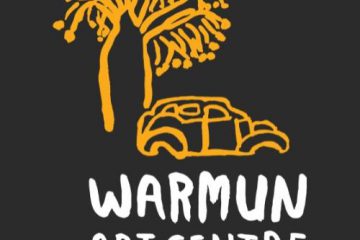Artists of Ampilatwatja
220982326582
View of Country – Sevania Kemarre Bonney The community of Ampilatwatja made a conscious decision not to paint ‘altyerr’ dreaming stories, the artists paint their country where those stories sit. Sevenia was born in Soakage Bore, Utopia and started to paint when she was teenager. She learnt the way Read more…
